316l stainless steel:
what you need to know
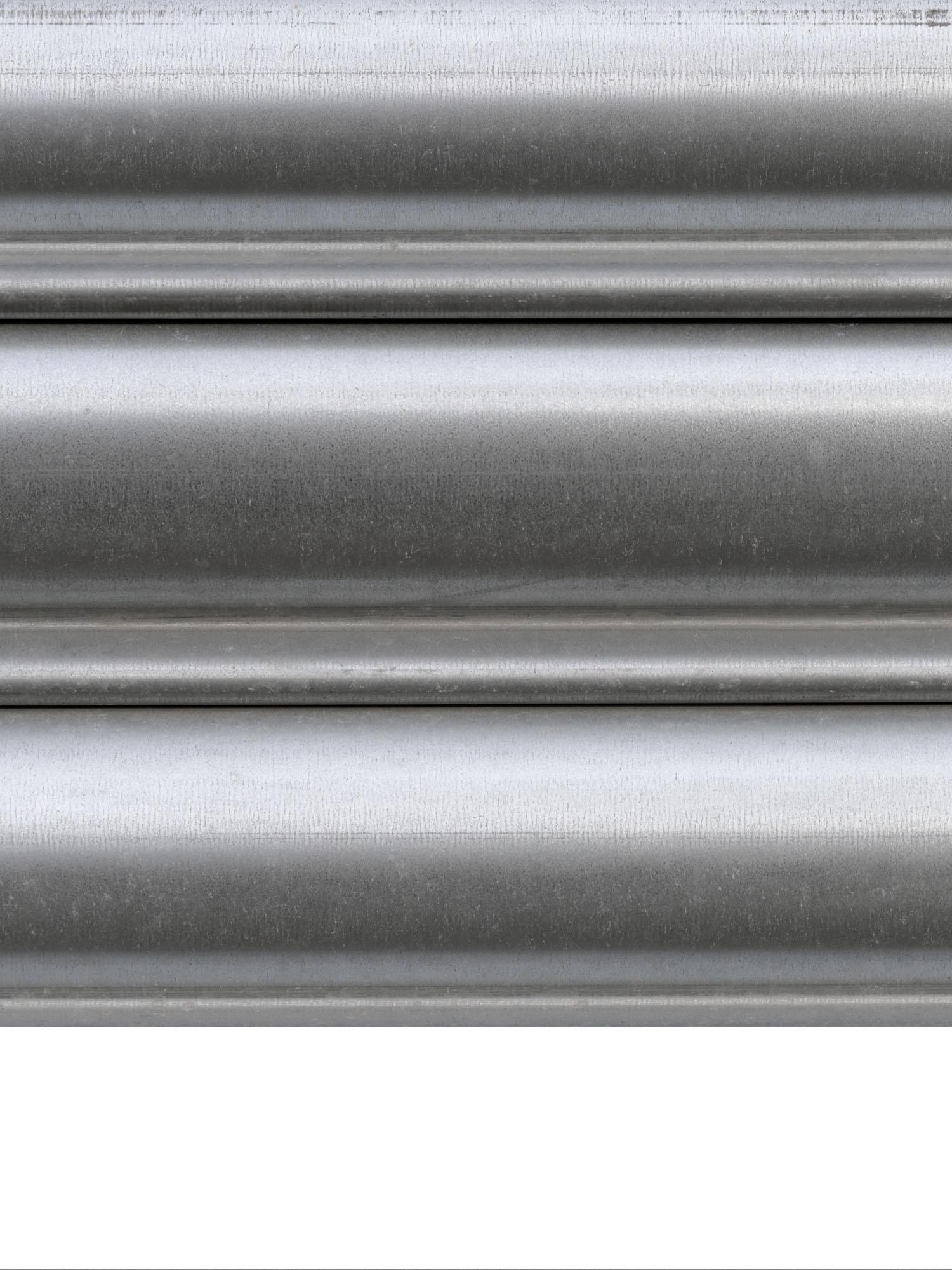
316l stainless steel:
what you need to know

In this article we deepen the topic of AISI 316L stainless steel, the material we use to produce STRAL luminaires, to clarify doubts and curiosities about its characteristics, maintenance and how to prevent any problems that may arise, up to practical advice on cleaning.
Stainless steel is chosen primarily for its corrosion resistance, which comes from an extremely thin and invisible surface oxide layer without which the surface can corrode with potentially serious consequences.
Also known as passive film, this oxide layer can only form on a clean and decontaminated surface. Welding, brushing, contact with other metals and machining in general can lead to surface contamination and locally prevent the formation of the passive film. This is why it is important that the entire production process is controlled, and the right tools are used.
STRAL products are processed by laser welding without the addition of material and therefore do not run into the problem of the material addition caused by less 'noble' welding that could generate corrosive phenomena.
To make good use of the corrosion resistance of stainless steels, it is necessary to:
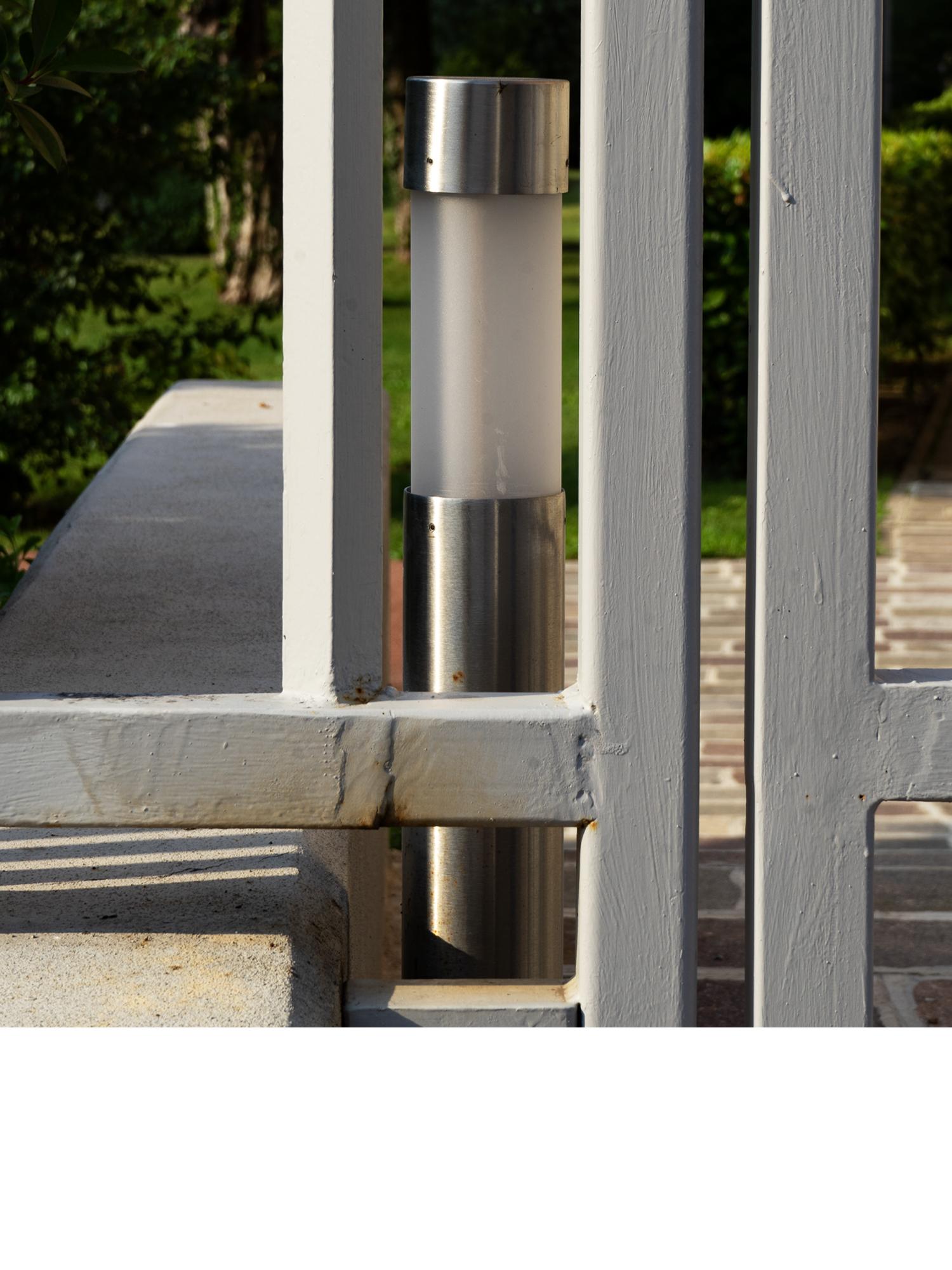
The myth that stainless steel is stainless regardless is now deeply rooted, but not everyone knows that, when a stainless-steel component is installed, there are situations when, despite passivation, reddish stains form on the surface as a symptom of localised corrosive attack, commonly referred to as 'rust spots', often accompanied by a general matting tending to a brown colour of the surface.
This type of oxidation is not dangerous by itself, but it is an early warning sign as it could be the fuse for more impactful and dangerous corrosive phenomena at a structural level, as well as highlighting the wrong choice of type of material, or treatment for that specific environment.
This phenomenon generally occurs near coastal areas where brackish air (loaded with chlorides) and climatic conditions favour the dissolution of the stainless-steel passivation layer.
It has been observed that corrosion can occur at an average distance from the coast between 0 - 5 km. However, under certain atmospheric conditions of humidity, wind, and temperature, it also occurs up to 20-25 km away from the coast.
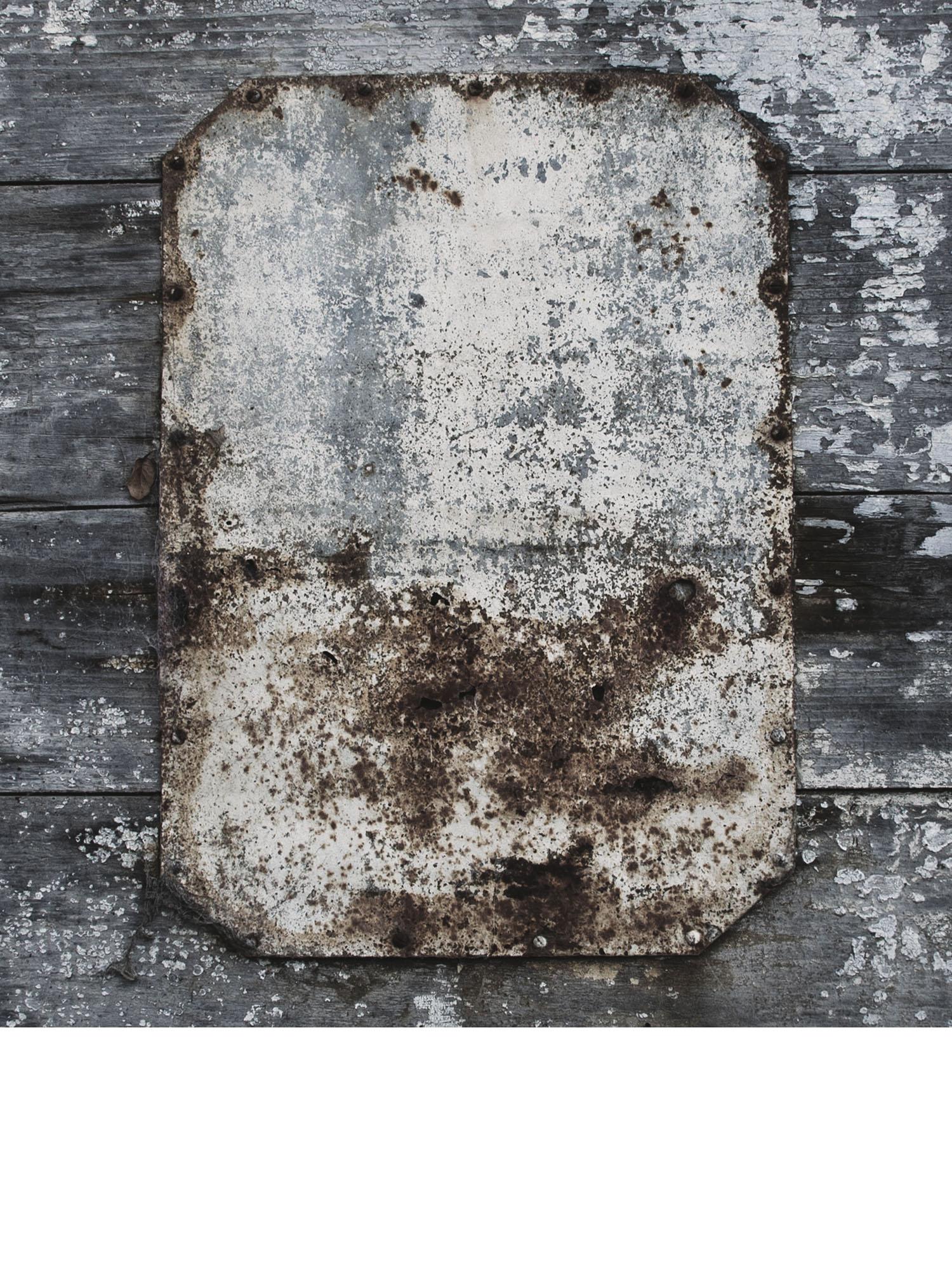
"So even stainless-steel rusts?"
The answer is yes, even stainless steel oxidises. When certain precautions are not observed, such as lack of care in design or installation, or under certain outdoor and operating conditions, stainless steel is subject to corrosive phenomena of various kinds.
One of the main enemies of stainless steel and the passivation layer is the Cl- ion, so anything chlorine-based (e.g., detergents) or containing it (salt air) should be avoided.
Atmospheric conditions such as high humidity and mild temperatures, typical of coastal areas, create ideal conditions for corrosion initiation. Indeed, the layer of condensation that develops due to the high humidity in these situations allows Cl- ions, present in the sea air, to adhere to the surface of the stainless steel, damaging the passivation layer.
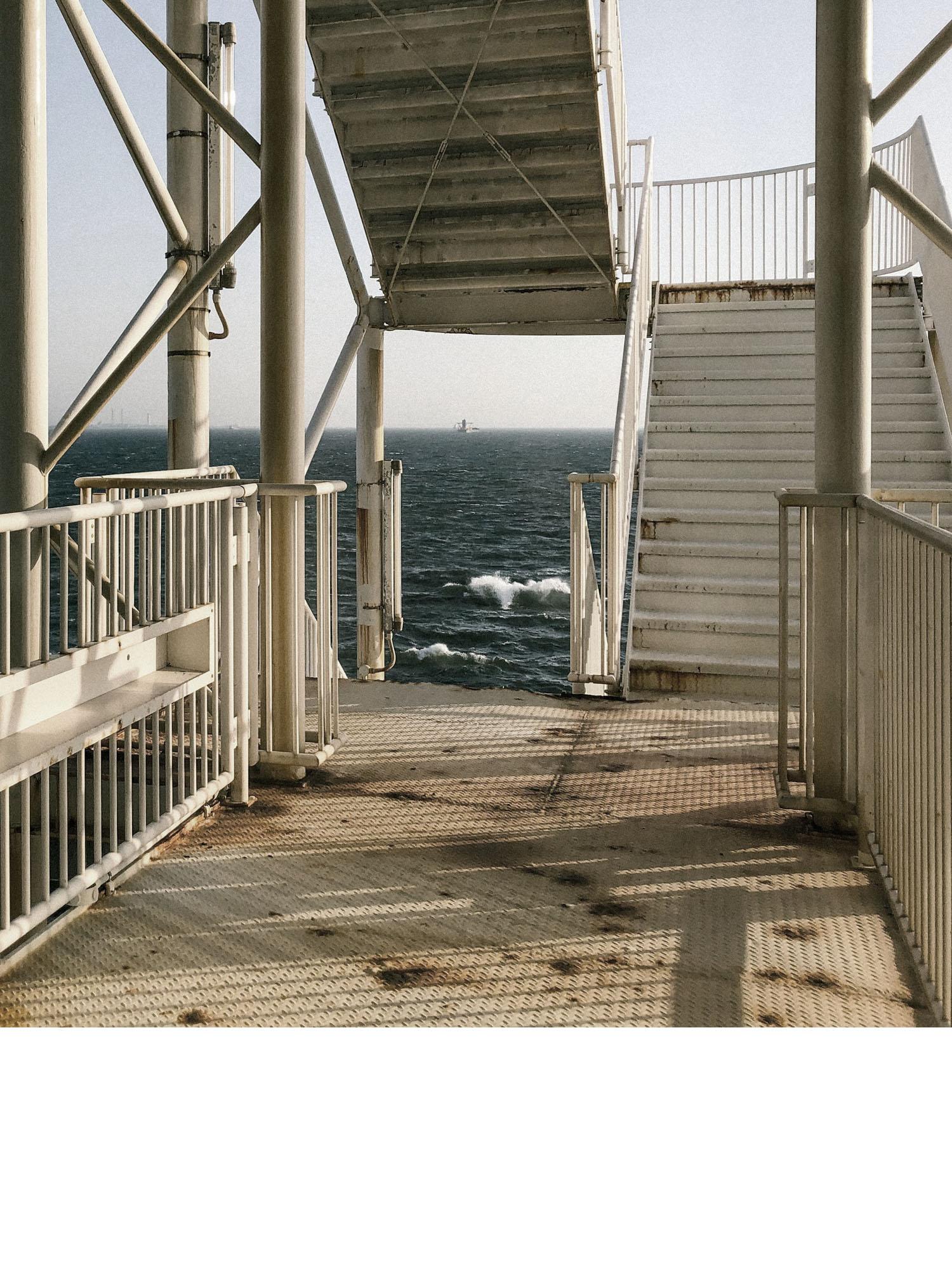
Ferrous contamination
In case of cuts, weld spatter or other contact with carbon steels, caused using tools or improper storage, stainless steel can be subject to ferrous contamination.
In the event of ferrous contamination of stainless steel, the possible consequences are:
In some cases, closeness to corroded iron objects, such as railings and handrails, can also contaminate nearby steel surfaces.
Pitting corrosion
All metals are subject to corrosion which, when it is extremely localised, punctiform and characterised by tiny craters surrounded by dark halos, is known as pitting. Pitting is a corrosive phenomenon that reduces the passivation layer of stainless steel and is particularly dangerous because:
- it advances 10 to 100 times faster than general corrosion
- it causes pitting even with minimal loss of material
- the alveoli are invisible to the eye and therefore cannot be identified
Pitting is triggered by:
How to proceed in these cases?
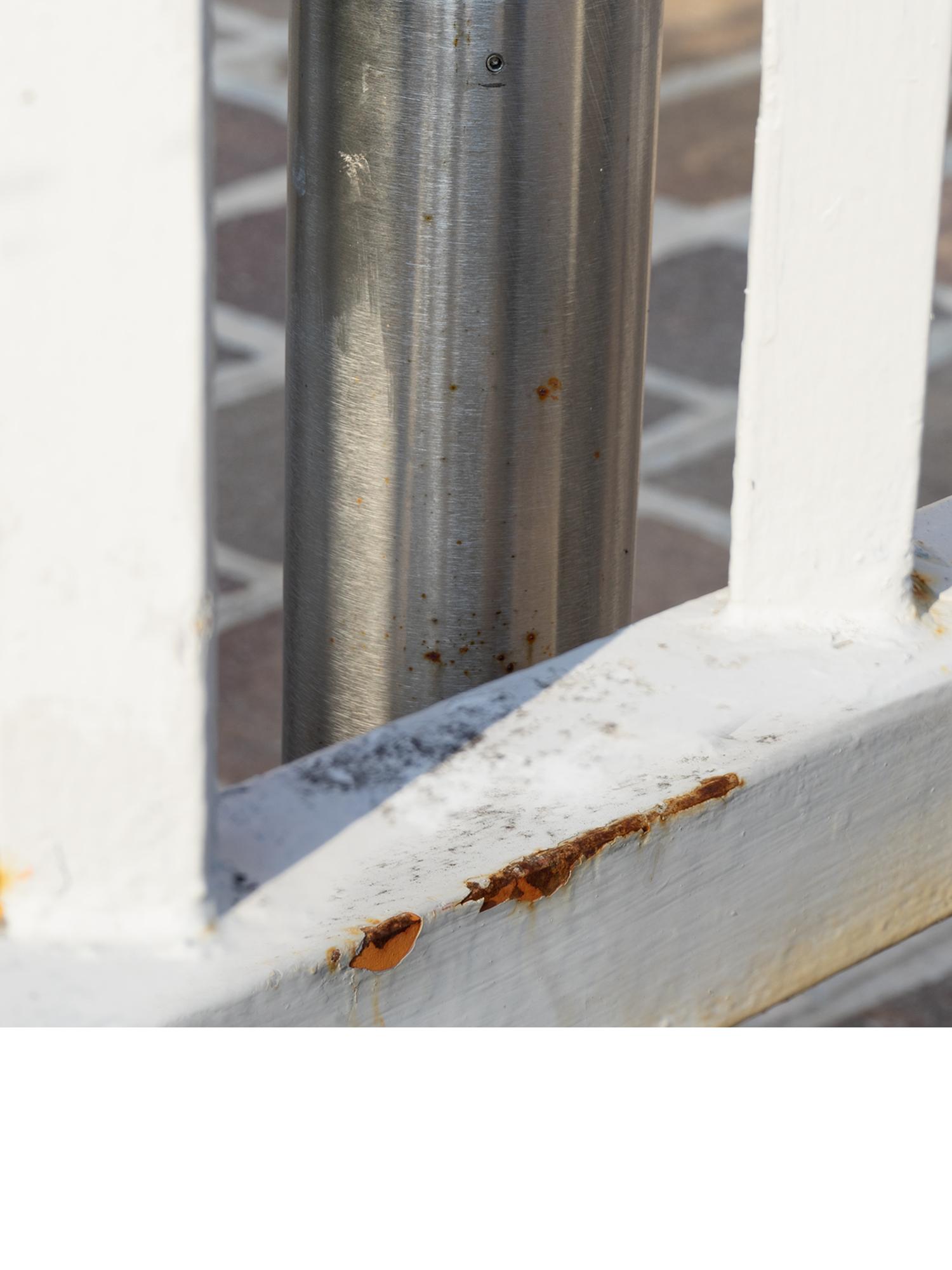
To keep stainless steel surfaces in good condition, some routine maintenance and cleaning is necessary to ensure that the strength characteristics of stainless steel perform at their best while maintaining their resistance. Considering the above, stainless steels are not maintenance-free.
To prevent rust from affecting stainless steel, it is necessary first to choose an alloy with an adequate concentration of inhibitors.
To remove rust stains on stainless steel that may occur for the reasons listed above, we recommend using a specific metal cleaner applied to a microfibre cloth. Simply apply the contents of the Sidol bottle to a cloth and then wipe until the contaminated part is completely clean. After applying the product to the surface, polish with a dry cloth. Should rust stains persist, it is necessary to switch to specific products such as pickling and passivating agents, which are difficult in handling.
The safest and most effective stainless steel cleaning products for removing fingerprints or other lighter stains are soapy water or a mild detergent.
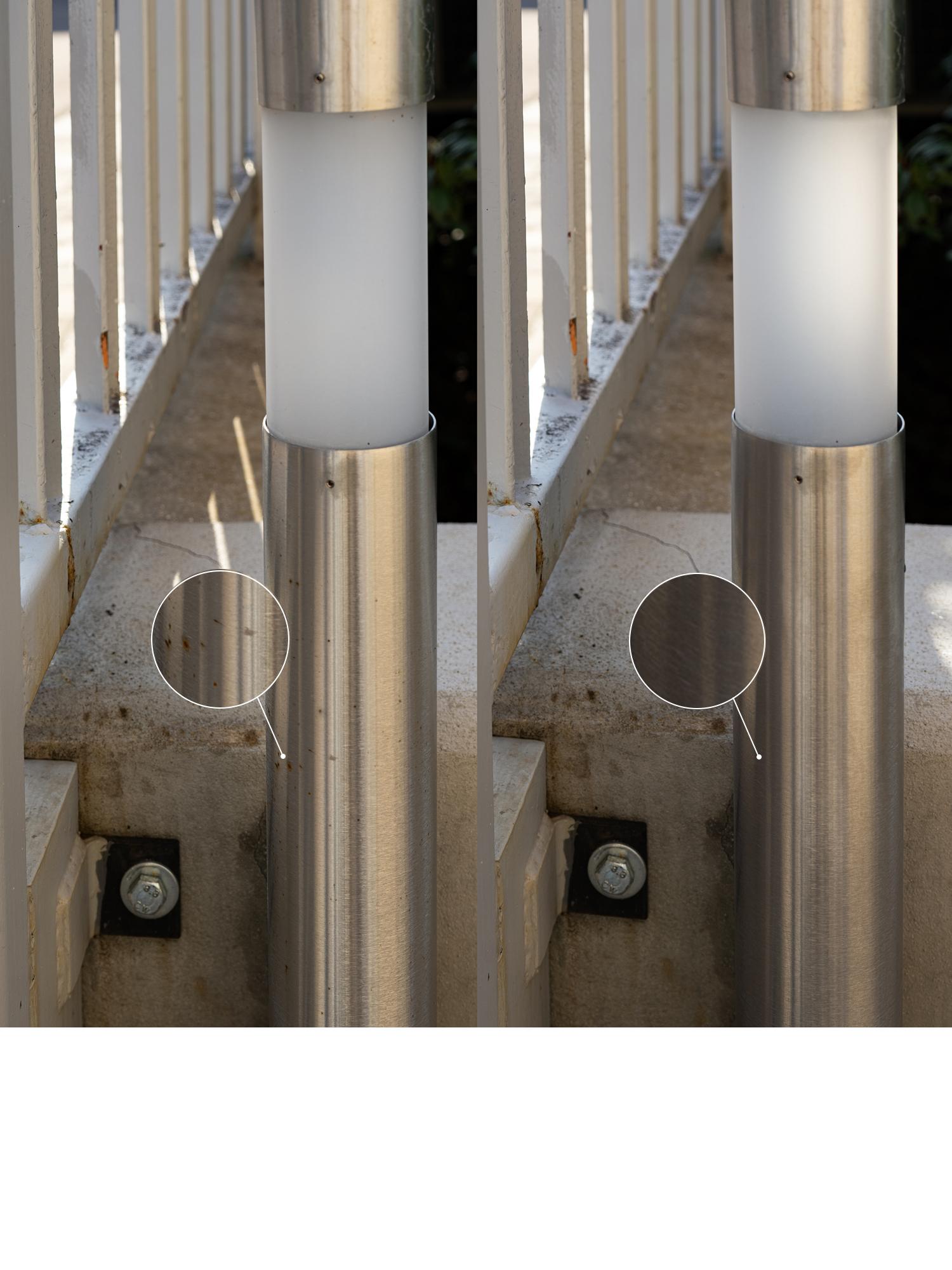
To remove mild dirt or fingerprints, you should use a damp cloth or chamois leather. For heavier dirt, Scotch Brite sponges available in every supermarket are recommended.
Absolutely not to be used, however, are abrasive and non-stainless metal scouring pads which, in addition to scratching the surface, can leave carbon-steel deposits that, in the presence of humidity, could result in rust stains.
However, even with the right choices, stainless steel must be treated properly by avoiding the use of:
Periodically clean the lamps with normal stainless-steel cleaners, which can be bought in the supermarket, (usually every 6 months) depending on the application environment. On the worksite protect the lamps until the work is finished.